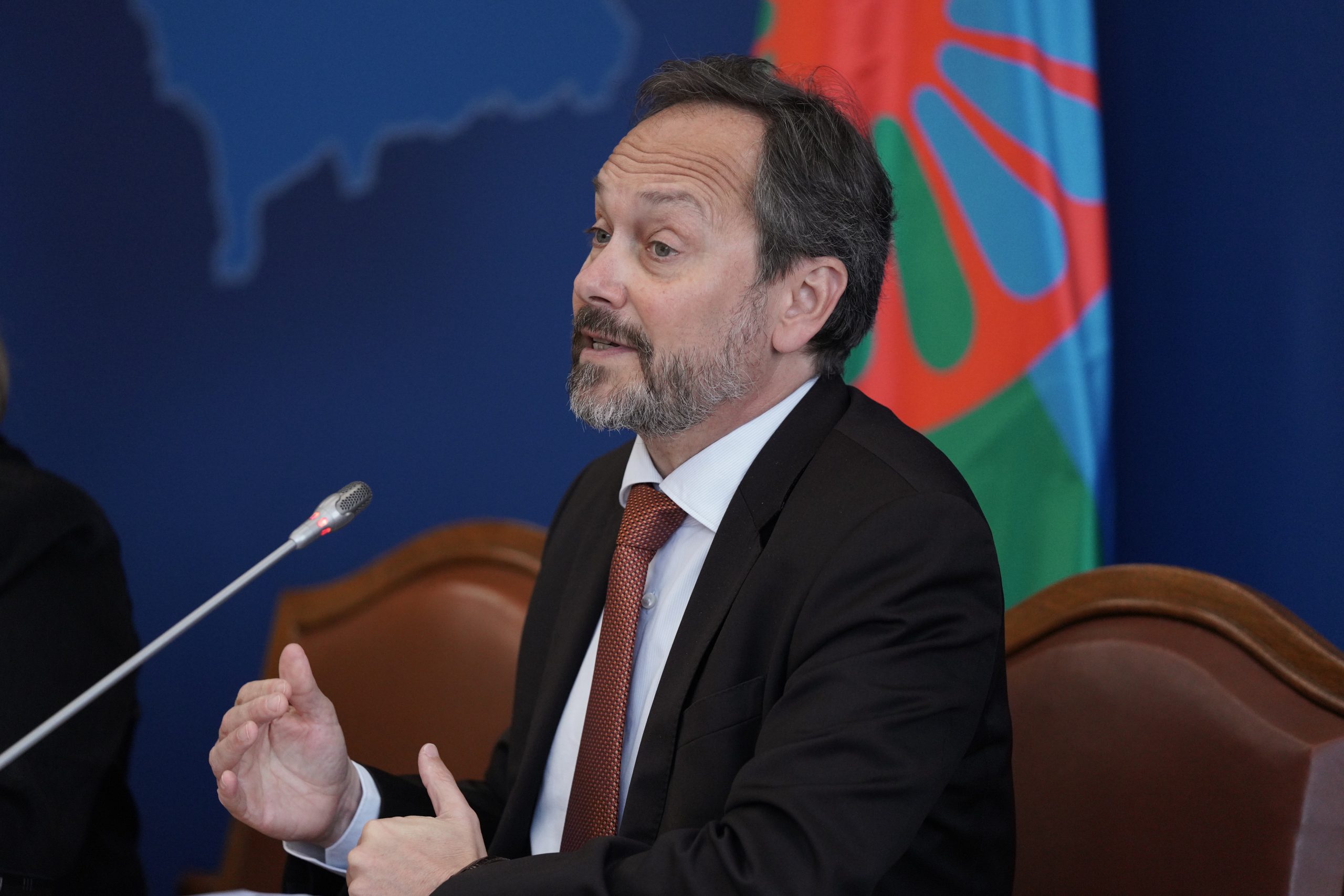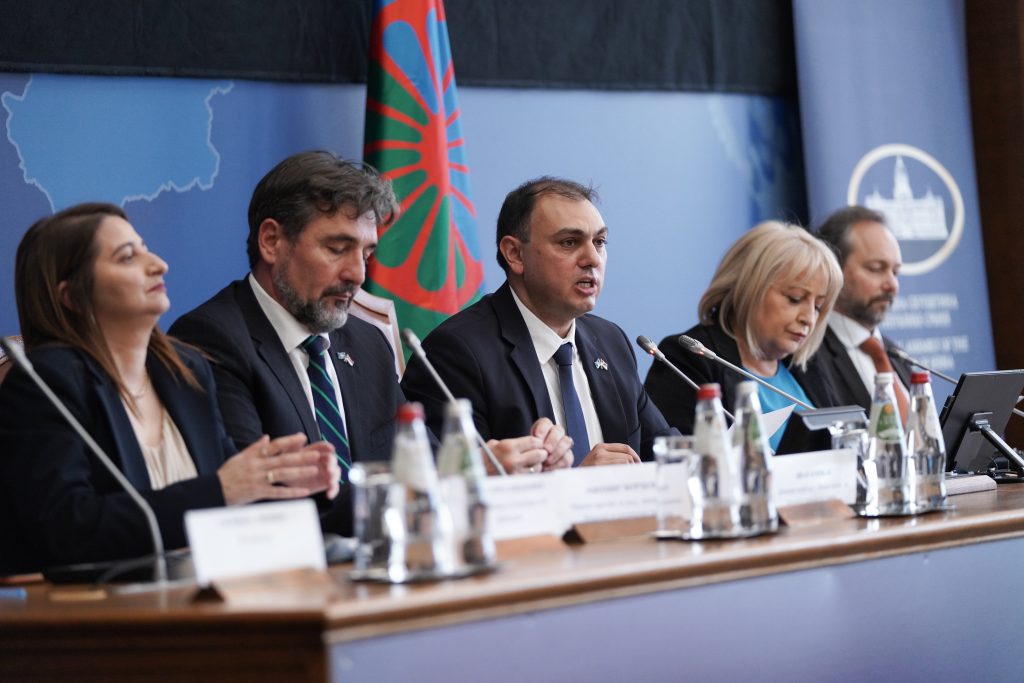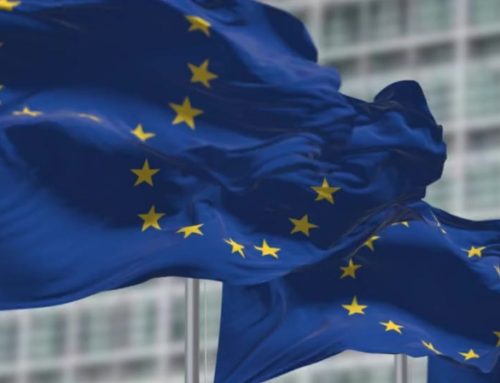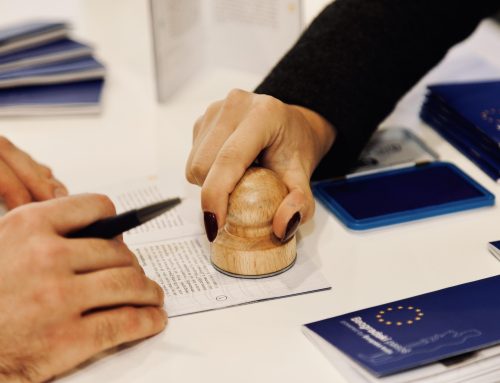Roma in Serbia are in a better position – the state aids in healthcare and education, and there has been a decrease in discrimination, with all institutions, as well as the civil sector, receiving support from the European Union, it was stated at the meeting “Roma for Serbia, Serbia for Roma” held at the Assembly of Serbia.
The meeting was attended by the Ambassador of the European Union to Serbia, Emanuele Giaufret, who reminded attendees that society is only as strong as its most vulnerable citizens and that Roma often encounter discrimination almost every day.
“We cannot allow such things to happen and it is our duty, as a democratic society, to invest and works together to fight this social phenomenon. Social inclusion is of great important to the Eu because equality, solidarity, and human rights are among core EU values,” stated Giaufret.
The EU ambassador added that Serbia, as a candidate country for membership in the Union, receives support from Brussels.
“The EU provides support to Serbia to strengthen capacities for the inclusion of Roma in the institutional mechanism, raises awareness, supports the Roma community, and provides assistance to all those who participate in the inclusion of Roma in Serbia.”
The European Union is also the biggest donor to Serbia when it comes to Roma inclusion, Giaufret reminded.
Minister of Education Slavica Đukić Dejanović stated that significant progress has been made regarding the position of the Roma because today, there is much discussion about diversity as the wealth of every society, especially in schools.
“Of all Roma who finish primary school, 51 percent of them enrol in secondary school, and 65 percent of those enrolled complete it, which is a good result. This year, 4,962 students enrolled in high school thanks to active measures, and over 50 percent of those who graduate are Roma girls, and these are data we are very proud of,” said the minister.
She especially pointed out that one percent of the student population is made up of Roma, which is also more than the average in the area.
The President of the National Council of the Roma National Minority, Dalibor Nakić, pointed out that the solution for the Roma is not only the provision of apartments, i.e. displacement from substandard settlements, but that they need jobs and inclusion.
“The projects that were implemented last year were based on this because the Roma received not only apartments but also support to start their own business, to get a job, that is the way to go. For children to be included in the school system, for parents to get a job and pay the bills,” said Nakić.
He praised the state’s measures, which, he says, are better than in Europe and the best in the region, with access to student dormitories, scholarships, and employment opportunities in factories.
World Roma Day
At the World Roma Congress in Serock, Poland, in 1990, it was decided that April 8 would be celebrated every year as World Roma Day, in memory of the first congress that was held from April 4 to 8, 1971, in London.
At that congress, the Roma flag was also adopted: blue-green symbolising the sky and grass, with a red wheel in the middle symbolising the eternal journey of the Roma.
The song “Gelem, Gelem”, which translates from Romani as “I went”, was declared the Roma anthem.
The EU supports the inclusion of Roma in Serbia
“The biggest donor to Serbia in social inclusion projects is the European Union, and since 2014 it has invested 115 million euros, of which 30 million euros have been approved in the last five years for social housing projects for sensitive categories of the population, including Roma men and women,” pointed out Ambassador Giaufret.
The EU supported permanent housing solutions in 24 municipalities across Serbia, 5,000 people received personal documents, and 2,000 scholarships are awarded to Roma students every year.






